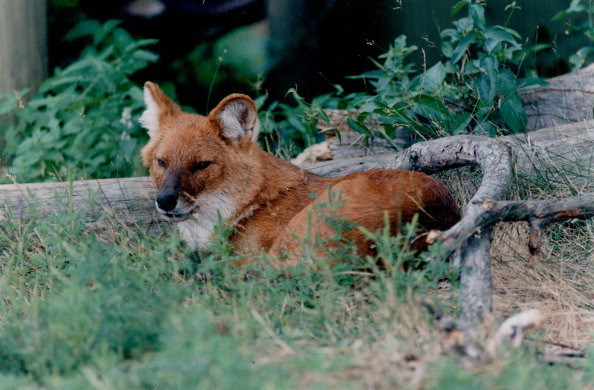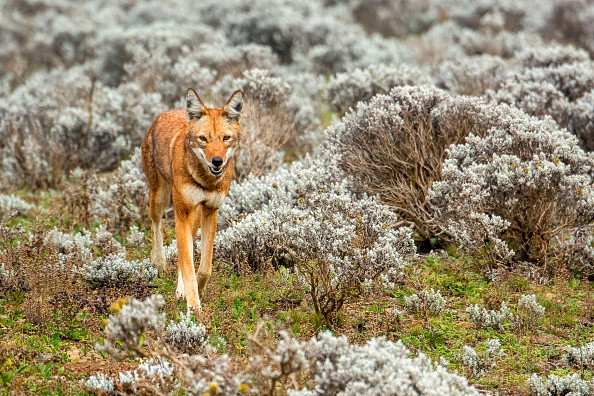World's most iconic carnivores face extinction because their prey is dying out
Big cats and wolves are among the species that suffer most from depletion of foods.

Prey depletion is one of the most serious threat facing the world's largest carnivores. A large proportion of the small animals they hunt are considered to be endangered, which reduces their own chances of survival.
Large terrestrial carnivores constitute an ecologically important group of species, one which includes lions, tigers and wolves. These animals are particularly admired around the globe and have an important economic value, as they are often the main drivers of wildlife-watching and ecological tourism.
But in recent years, most of these carnivores have had to face important threats in the wild. Around 77% of these species have declining populations and 61% are classified as threatened by the International Union for Conservation of Nature (IUCN).
Conservation strategies have focused on solving a number of issues, among which persecution from humans due to conflict over livestock and shared prey, and changes to their environment due to agriculture, deforestation and climate change.
However, there has been less research into the effects of prey depletion. This recent study, published in the journal Royal Society Open Science, investigates how the rarefaction of their traditional preys – often facing similar threats to their survival – contributes to the decline of large terrestrial carnivores.
A major threat to predators
For their analysis, the researchers only focused on terrestrial carnivores weighing more than 15kg – animals known as hypercarnivores whose diet is comprised of 70% of meat. They included 17 different carnivores, as varied as tigers, lions, jaguars, wolves or leopards.

The researchers looked at previous studies to come up with a list of 494 prey species hunted by these predators. Then, using the IUCN red list, they established the conservation status of all these preys. They analysed spatial variation in prey endangerment, changes in endangerment over time and causes of prey depletion.
The data suggests that loss of prey is a major and wide-ranging threat, potentially posing a considerable danger to large terrestrial predators. A quarter of prey species were described in the study as threatened, 14% are classified as vulnerable, 9% as endangered and 2% critically endangered. Primary threats faced by these preys were habitat change – as a result of agriculture and deforestation – and human hunting for meat.

Some carnivores were more affected than others by this phenomenon of prey depletion. The clouded leopard, the Sunda clouded leopard, the tiger, the dhole and the Ethiopian wolf all have at least 40% of their prey classifying as threatened on the IUCN Red List. All but the Ethiopian wolf have at least 80% of their prey classified as declining.
Saving both preys and predators
Based on these findings, the scientists believe large carnivores can be saved by also providing appropriate protection to their preys. "Recognition of the widespread occurrence of prey depletion motivates a holistic approach to conservation over purely predator-centric approaches. One of the ways this could be achieved is by strengthening management of protected areas which protect predators, prey and habitat", they write.

This means establishing stronger measures in protected areas to prevent poaching of all kind of species, predators and preys alike and control the negative effects of human population growth. Furthermore, extending protected zones where both preys and predators could thrive could be an option.
"While predator-centric conservation is certainly necessary, such as efforts to reduce hunting of threatened carnivores, ultimately, effective predator conservation cannot be accomplished without effective prey conservation", the scientists conclude.
© Copyright IBTimes 2025. All rights reserved.






















